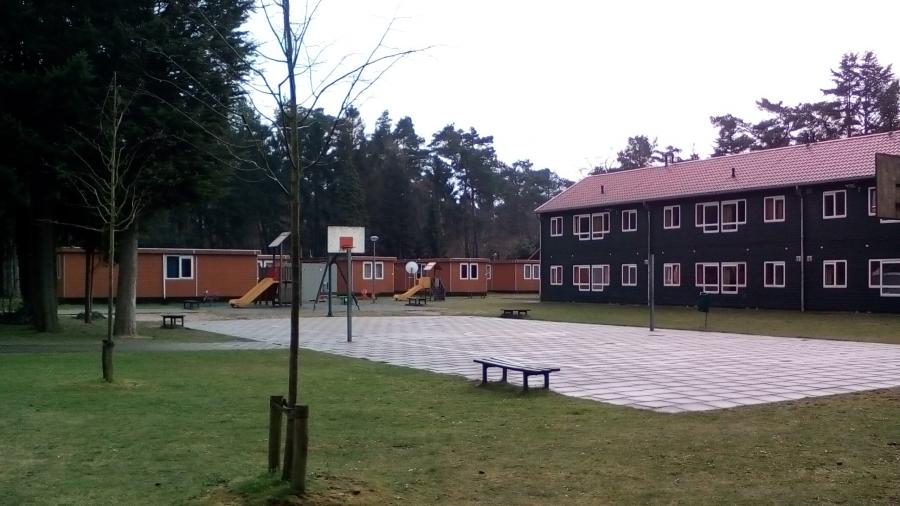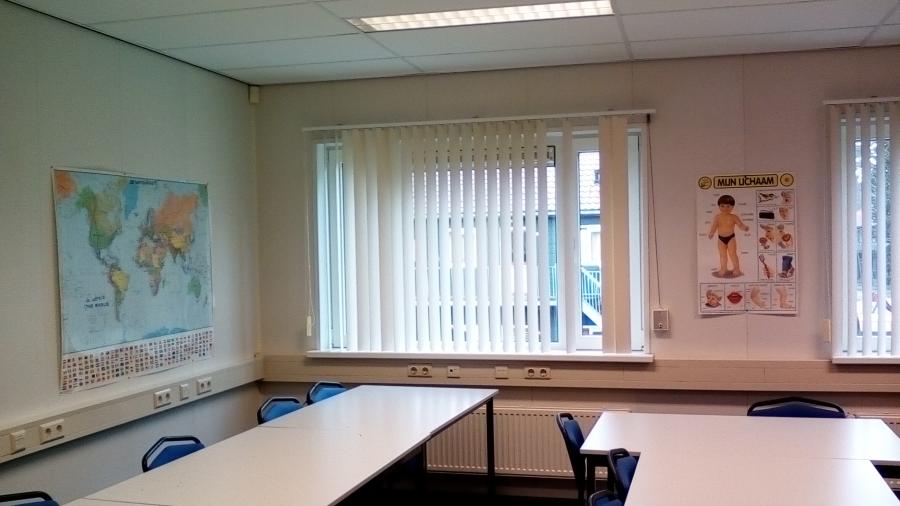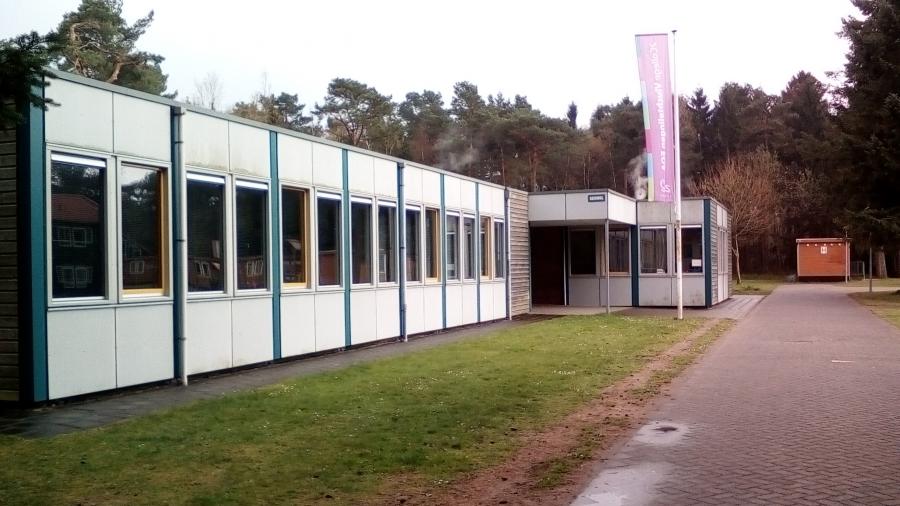
One day in a Dutch center for asylum seekers
Life in the Oisterwijk refugee center is both challenging and active
The refugee center in the Noord Brabant town of Oisterwijk has been offering a shelter to asylum seekers and refugees since 2003. Currently, it houses more than 300 people from various countries, including Syria and Eritrea. Residents of the center spend their days by not only passively waiting for the approval of their refugee status or moving to a social house, but also keeping themselves busy by taking lessons and doing sports.
The route to the center leads through a picturesque residential area full of large houses with expensive cars parked in front of them.“People do not complain about the refugee centre being here. It’s been here for more than a decade, so they are used to it,” explains Vincent, a young man in his early twenties, who works in the centre. The place itself comprises many small buildings scattered among greenery and even on a rainy day, it gives an impression of a cosy summer camp venue.

Outdoor basketball court
“After arrival to the Netherlands, asylum seekers register with the Central Agency for the Reception of Asylum Seekers [Dutch: Centraal Orgaan opvang asielzoekers - COA] and then they are redistributed to camps around the country. This one is quite small, the one in Heumensoord is ten times bigger,”
Vincent briefly describes the process of accommodating the incomers. After they are housed, asylum seekers receive a weekly allowance and also money for food. “Here, they cook for themselves, but in some camps, they have common meals,” he elaborates. Asylum seekers and refugees in Oisterwijk live in rooms which are organized into flats with shared living areas, kitchen and bathroom.
Learning Dutch
For the newcomers, it is crucial to start learning Dutch as it is compulsory for them to take an examination and test their Dutch language skills after they have obtained the refugee status.
It is expected of them to reach an elementary level of the language by that time. The Dutch language lectures are available onsite. “The lectures take place several times a week,” says Lotte, who teaches Dutch in the centre. She describes that initially, her students take a test to assess their ability to learn languages in general. “Then, I can equip them with a suitable book,” she adds. People of different nationalities attend these classes and, according to Lotte, that is a positive thing because it pushes students to use Dutch in their intercommunication.

A classroom for Dutch language
The Dutch government finances teachers at refugee centers as well as books that are needed. There are also computer rooms available at the refugee center. “We have a schedule of accessibility to the rooms. Different time slots are designated for children of various ages and for adults,” Vincent explains. Asylum seekers who have not obtained the refugee status yet also have an opportunity to learn Dutch. They are taught by volunteers. “Some people also use apps for learning the language,” Vincent reveals. However, according to Lotte, “it is better to learn in the lectures from the books”, as it is later very difficult to ‘unlearn’ what one learnt wrong.
Some students have already finished their lectures in the centre and want to continue learning Dutch. One example is a 30-year-old Eritrean refugee Gebre. “I’m now attending Dutch lectures in Eindhoven. I want to reach the intermediate level,” Gebre mentions. After escaping the military in Eritrea, he wants to further educate himself.
Activities for both children and adults
Apart from learning Dutch, asylum seekers and refugees have other opportunities on how to spend their time. There is a room with pool and table football, which is open in the evenings. Recently, fitness lessons have started to take place. In addition, the centre disposes of a basketball court and playgrounds for children. “There are many unaccompanied minors in this centre. They have to be supervised 24/7,” Vincent remarks. The centre has its own kindergarten and school but older children go to school in Tilburg.

A kindergarten in Oisterwijk refugee center
As the center is located approximately three kilometres from the heart of the town, the residents need to get around by way of the Dutch most typical means of transport - bicycles. While adult asylum seekers and refugees have to purchase bicycles, the center provides children with them.
While adult asylum seekers and refugees have to purchase bicycles, the center provides children with them.
When Vincent walks around the center, both adults and children greet him. He asks a seven-year-old girl “Hoe gaat het met je? [How are you?]” and, the girl replies, “Het gaat goed met me, en met jou? [I am well, and you?]” without hesitation.“The children learn the language really quickly,” Vincent says. “However, it is possible that some of them will have to return where they came from. Especially the Roma people and the ones from Albania and Kosovo, which are considered to be safe countries,” he states.
Waiting for the refugee status and social housing
Some of the families have been staying in the Oisterwijk refugee centre for several years. “Some people were refused the refugee status, but they repeatedly appealed against the decision and haven’t been deported yet,” Vincent outlines the fate of some of the residents. The situation is also tough for people who already have the refugee status. “They need to wait for the social housing, which can take up to two years.”
Although it is full of people with various and difficult life paths, the refugee centre in Oisterwijk is peaceful. “We do not have to solve many conflicts, be it internally or outside the camp, only small frays at most,” Vincent informs. His colleagues and himself are doing their best to ease the challenging transition period in the lives of the asylum seekers and refugees.